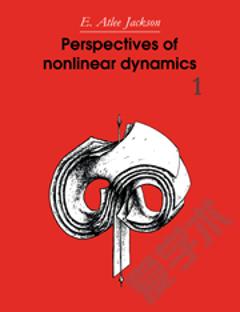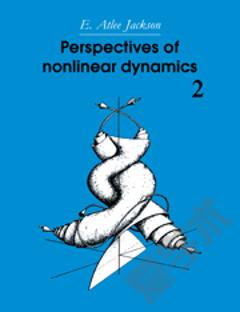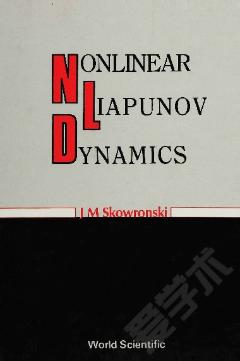Perspectives of Nonlinear Dynamics:Volume 1
The dynamics of physical, chemical, biological, or fluid systems generally must be described by nonlinear models, whose detailed mathematical solutions are not obtainable. To understand some aspects of such dynamics, various complementary methods and viewpoints are of crucial importance. In this book the perspectives generated by analytical, topological and computational methods, and interplays between them, are developed in a variety of contexts. This book is a comprehensive introduction to this field, suited to a broad readership, and reflecting a wide range of applications. Some of the concepts considered are: topological equivalence; embeddings; dimensions and fractals; Poincaré maps and map-dynamics; empirical computational sciences vis-á-vis mathematics; Ulam's synergetics; Turing's instability and dissipative structures; chaos; dynamic entropies; Lorenz and Rossler models; predator-prey and replicator models; FPU and KAM phenomena; solitons and nonsolitons; coupled maps and pattern dynamics; cellular automata.
{{comment.content}}








 京公网安备 11010802027623号
京公网安备 11010802027623号